Delta Airlines 2003 Annual Report Download - page 22
Download and view the complete annual report
Please find page 22 of the 2003 Delta Airlines annual report below. You can navigate through the pages in the report by either clicking on the pages listed below, or by using the keyword search tool below to find specific information within the annual report.-
 1
1 -
 2
2 -
 3
3 -
 4
4 -
 5
5 -
 6
6 -
 7
7 -
 8
8 -
 9
9 -
 10
10 -
 11
11 -
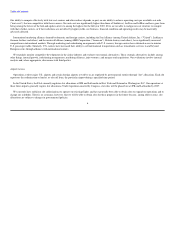 12
12 -
 13
13 -
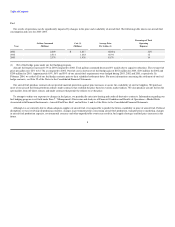 14
14 -
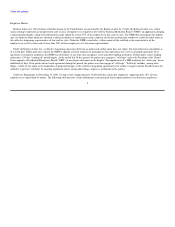 15
15 -
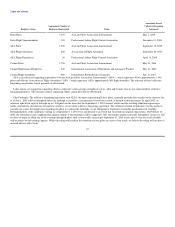 16
16 -
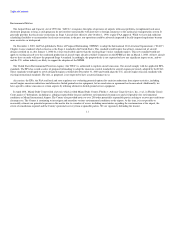 17
17 -
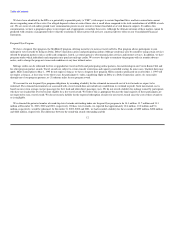 18
18 -
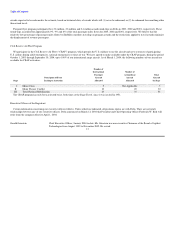 19
19 -
 20
20 -
 21
21 -
 22
22 -
 23
23 -
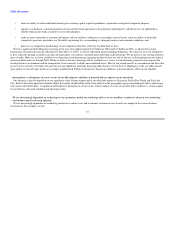 24
24 -
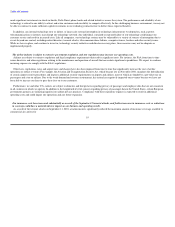 25
25 -
 26
26 -
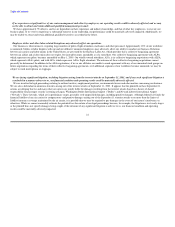 27
27 -
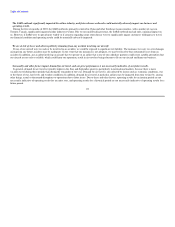 28
28 -
 29
29 -
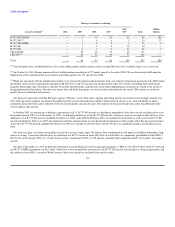 30
30 -
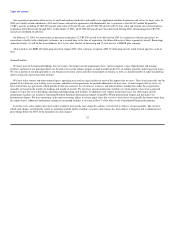 31
31 -
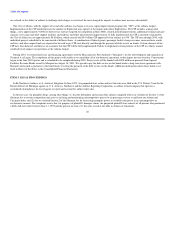 32
32 -
 33
33 -
 34
34 -
 35
35 -
 36
36 -
 37
37 -
 38
38 -
 39
39 -
 40
40 -
 41
41 -
 42
42 -
 43
43 -
 44
44 -
 45
45 -
 46
46 -
 47
47 -
 48
48 -
 49
49 -
 50
50 -
 51
51 -
 52
52 -
 53
53 -
 54
54 -
 55
55 -
 56
56 -
 57
57 -
 58
58 -
 59
59 -
 60
60 -
 61
61 -
 62
62 -
 63
63 -
 64
64 -
 65
65 -
 66
66 -
 67
67 -
 68
68 -
 69
69 -
 70
70 -
 71
71 -
 72
72 -
 73
73 -
 74
74 -
 75
75 -
 76
76 -
 77
77 -
 78
78 -
 79
79 -
 80
80 -
 81
81 -
 82
82 -
 83
83 -
 84
84 -
 85
85 -
 86
86 -
 87
87 -
 88
88 -
 89
89 -
 90
90 -
 91
91 -
 92
92 -
 93
93 -
 94
94 -
 95
95 -
 96
96 -
 97
97 -
 98
98 -
 99
99 -
 100
100 -
 101
101 -
 102
102 -
 103
103 -
 104
104 -
 105
105 -
 106
106 -
 107
107 -
 108
108 -
 109
109 -
 110
110 -
 111
111 -
 112
112 -
 113
113 -
 114
114 -
 115
115 -
 116
116 -
 117
117 -
 118
118 -
 119
119 -
 120
120 -
 121
121 -
 122
122 -
 123
123 -
 124
124 -
 125
125 -
 126
126 -
 127
127 -
 128
128 -
 129
129 -
 130
130 -
 131
131 -
 132
132 -
 133
133 -
 134
134 -
 135
135 -
 136
136 -
 137
137 -
 138
138 -
 139
139 -
 140
140 -
 141
141 -
 142
142 -
 143
143 -
 144
144 -
 145
145 -
 146
146 -
 147
147 -
 148
148 -
 149
149 -
 150
150 -
 151
151 -
 152
152 -
 153
153 -
 154
154 -
 155
155 -
 156
156 -
 157
157 -
 158
158 -
 159
159 -
 160
160 -
 161
161 -
 162
162 -
 163
163 -
 164
164 -
 165
165 -
 166
166 -
 167
167 -
 168
168 -
 169
169 -
 170
170 -
 171
171 -
 172
172 -
 173
173 -
 174
174 -
 175
175 -
 176
176 -
 177
177 -
 178
178 -
 179
179 -
 180
180 -
 181
181 -
 182
182 -
 183
183 -
 184
184 -
 185
185 -
 186
186 -
 187
187 -
 188
188 -
 189
189 -
 190
190 -
 191
191 -
 192
192 -
 193
193 -
 194
194 -
 195
195 -
 196
196 -
 197
197 -
 198
198 -
 199
199 -
 200
200 -
 201
201 -
 202
202 -
 203
203 -
 204
204 -
 205
205 -
 206
206 -
 207
207 -
 208
208 -
 209
209 -
 210
210 -
 211
211 -
 212
212 -
 213
213 -
 214
214 -
 215
215 -
 216
216 -
 217
217 -
 218
218 -
 219
219 -
 220
220 -
 221
221 -
 222
222 -
 223
223 -
 224
224 -
 225
225 -
 226
226 -
 227
227 -
 228
228 -
 229
229 -
 230
230 -
 231
231 -
 232
232 -
 233
233 -
 234
234 -
 235
235 -
 236
236 -
 237
237 -
 238
238 -
 239
239 -
 240
240 -
 241
241 -
 242
242 -
 243
243 -
 244
244 -
 245
245 -
 246
246 -
 247
247 -
 248
248 -
 249
249 -
 250
250 -
 251
251 -
 252
252 -
 253
253 -
 254
254 -
 255
255 -
 256
256 -
 257
257 -
 258
258 -
 259
259 -
 260
260 -
 261
261 -
 262
262 -
 263
263 -
 264
264 -
 265
265 -
 266
266 -
 267
267 -
 268
268 -
 269
269 -
 270
270 -
 271
271 -
 272
272 -
 273
273 -
 274
274 -
 275
275 -
 276
276 -
 277
277 -
 278
278 -
 279
279 -
 280
280 -
 281
281 -
 282
282 -
 283
283 -
 284
284 -
 285
285 -
 286
286 -
 287
287 -
 288
288 -
 289
289 -
 290
290 -
 291
291 -
 292
292 -
 293
293 -
 294
294 -
 295
295 -
 296
296 -
 297
297 -
 298
298 -
 299
299 -
 300
300 -
 301
301 -
 302
302 -
 303
303 -
 304
304
 |
 |

Table of Contents
The airline industry is highly competitive, and if we cannot successfully compete in the marketplace, our business, financial condition and operating
results may be materially adversely affected.
We face significant competition with respect to routes, services and fares. Our domestic routes are subject to competition from both new and established
carriers, some of which have substantially lower costs than we do and provide service at lower fares to destinations served by us. Our revenues continue to be
adversely impacted by the growth of the low-cost carriers with which we compete in most of our markets. Significant expansion by low-cost carriers to our
hub airports could have an adverse impact on our business. We also face increasing competition in smaller to medium-sized markets from rapidly expanding
regional jet operators. In addition, we compete with foreign carriers, both on interior U.S. routes, due to marketing and codesharing arrangements, and in
international markets. If we are not able to realign our cost structure to compete with that of other carriers, or if fare reductions are not offset by higher yields,
our business, financial condition and operating results may be materially adversely affected.
If we continue to experience significant losses without successfully reducing our operating expenses, we may be unable to maintain sufficient liquidity
to provide for our operating needs.
We reported a net loss of $773 million for the year ended December 31, 2003, or $6.40 basic and diluted loss per common share, compared to a net loss of
$1.3 billion for the year ended December 31, 2002, or $10.44 basic and diluted loss per common share. We have recorded a substantial net loss for three
consecutive years. Our revenue and cost challenges are expected to continue for the immediate term, and we expect to report a net loss of approximately
$400 million for the March 2004 quarter. We do not expect significant improvement in the revenue environment in 2004 and expect significant cost pressures
related to aircraft fuel, pension and interest expenses to continue.
Although we are pursuing profit improvement initiatives aimed at lowering our costs and enhancing our revenues, these initiatives may not be sufficient.
Furthermore, our pilot labor costs are substantially higher than our competitors' pilot labor costs. Although we are currently in discussions with ALPA in an
attempt to reduce our pilot labor costs, we cannot predict the outcome of those discussions. To the extent that we deplete our cash reserves and are unable to
access the capital markets for long-term capital spending requirements or short-term liquidity needs, we will be unable to fund our obligations and sustain our
operations.
Our ability to access the capital markets is partially dependent on our credit ratings. A further decline in our ratings would increase our borrowing costs
and could hinder our ability to operate our business.
Our business is highly dependent on our ability to access the capital markets. Our access to, and our costs of borrowing in, these markets depend on our
credit ratings. Since September 11, 2001, our issuer credit ratings have been lowered to B3 by Moody's Investors Service, Inc. ("Moody's"), to B+ by Standard
& Poor's Rating Services ("S&P") and to B by Fitch Ratings ("Fitch"). Our senior unsecured long-term debt is rated Caa2 by Moody's, B- by S&P and B by
Fitch. S&P and Fitch have each stated that their ratings outlook for our senior unsecured debt is negative, while Moody's has stated that its ratings outlook is
stable. Our credit ratings may be lowered further or withdrawn. While we do not have debt obligations that accelerate as a result of
16
